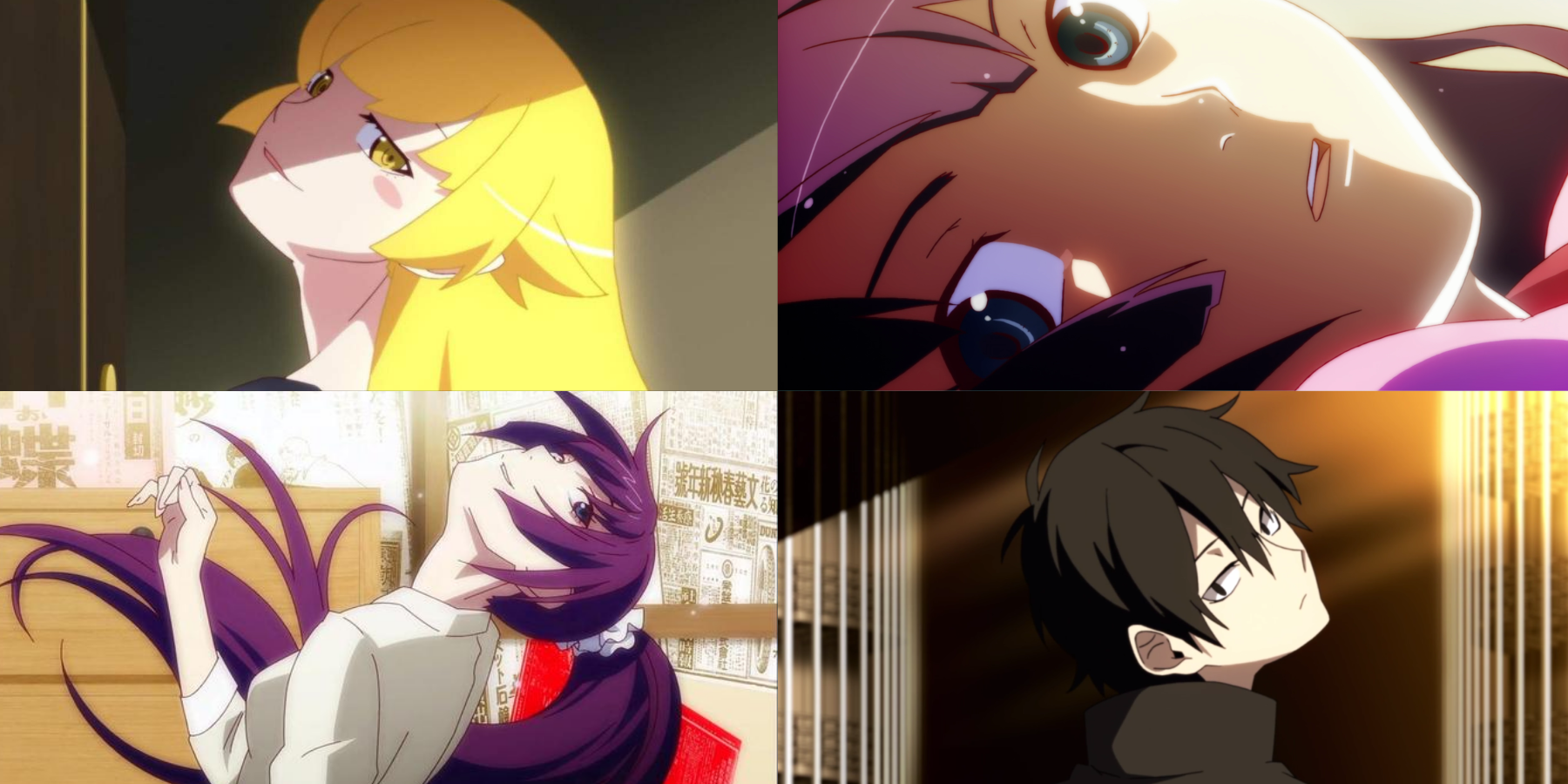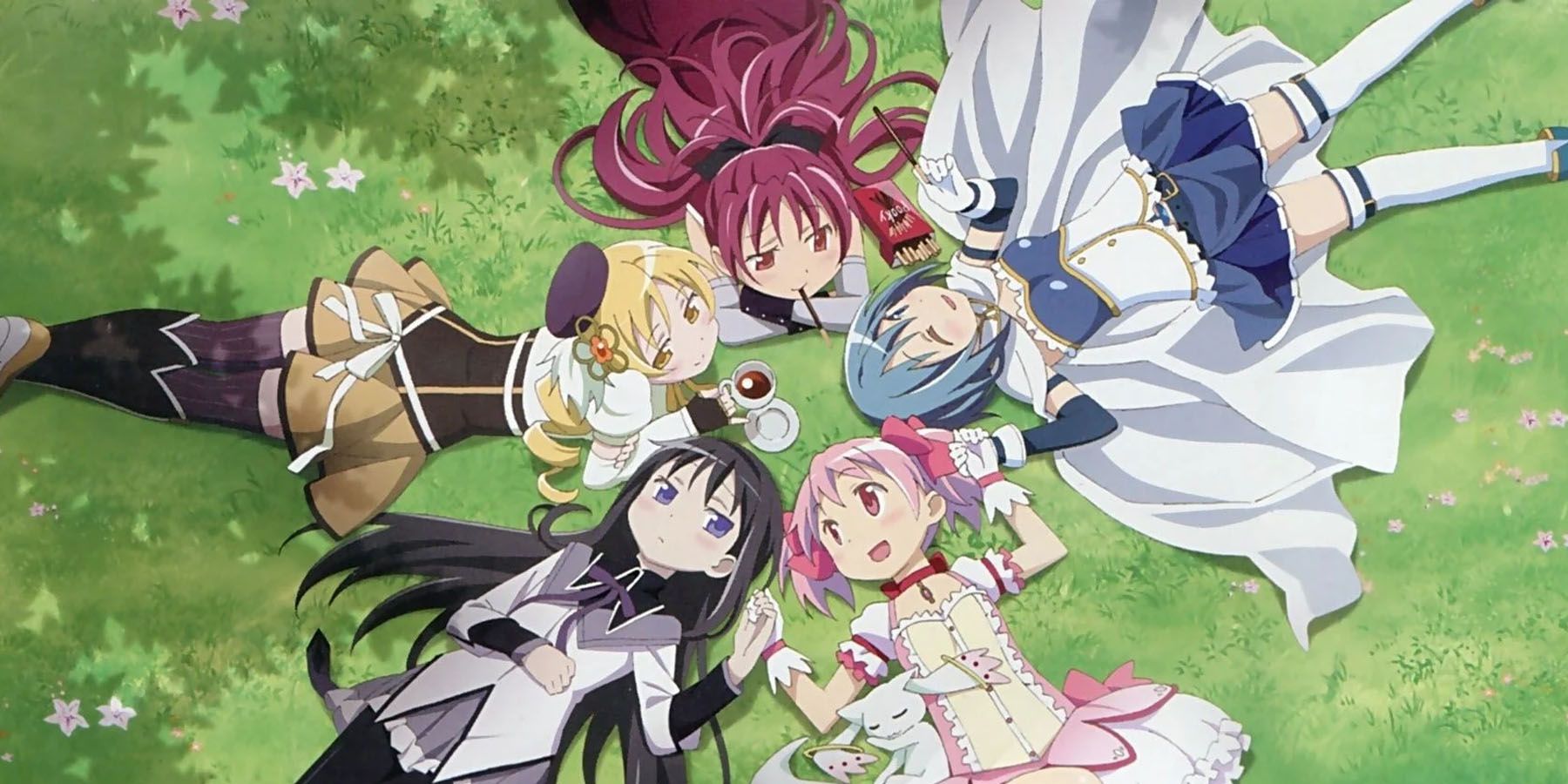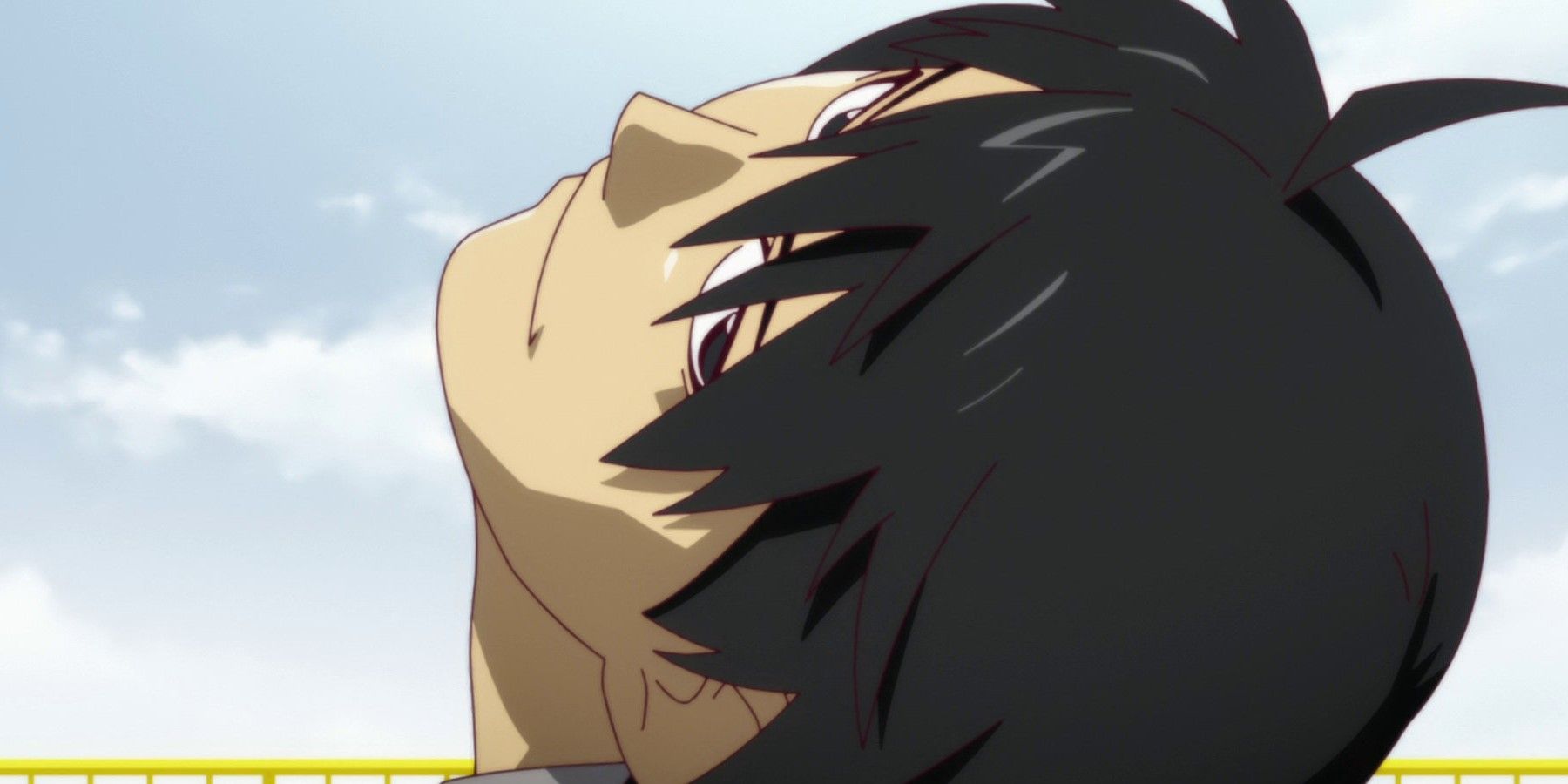Kabushiki-gaisha SHAFT, known simply as Studio SHAFT, is a famous Japanese animation studio known for the production of various famous titles, including the Monogatari Series (2009-2019), Puella Magi Madoka Magica (2011), and Nisekoi (2016), among several others.
Since the enlistment of director Akiyuki Shinbō in 2004, SHAFT has gained a reputation for its avant-garde cinematography and visual style, culminating in the development of one of the studio's signature visuals: the SHAFT head-tilt. What exactly is the SHAFT head-tilt, and why is it such a major characteristic of SHAFT's productions? Let's find out.
History
Back in 2004, Akiyuki Shinbō was hired by a Studio SHAFT in transition. The founder of the company, Hiroshi Wakao, retired, with Mitsutoshi Kubota taking over as president. Kubota had the desire to transform SHAFT into a studio with recognizable characteristics, and he saw Shinbō as just the right person to do that, having seen the director's influence over works like The SoulTaker, a 2001 sci-fi anime series.
His first work under the studio was the anime adaptation of Keitarō Arima's Tsukuyomi: Moon Phase, but it wasn't until the announcement of the adaptation NisioIsiN's Bakemonogatari in 2008 that the studio found itself being propelled into the kind of fame it is characterized by today. For Bakemonogatari, Shinbō worked alongside character designer Akio Watanabe, with whom he'd worked together on Starship Girl Yamamoto Yōko and Le Portrait de Petit Cossette. Bakemonogatari was a massive success, praised for its visuals and darker atmosphere compared to previous SHAFT titles.
At first, Shinbō's direction was more subdued, with his intention being to "do things the right way"; however, he was asked by the sponsors of Tsukuyomi: Moon Phase to apply more of his personal touch to the series. Shinbō's influence would go on to be SHAFT's blueprint, eventually making avant-garde visual choices and interesting camera angles the very description of the studio's creations. Series like Fire Force would go on to be produced by David Production, more specifically, by former Studio SHAFT employees like Reo Honjouya, Kousuke Matsunaga and CG artist Shinya Takano, who carried with them a SHAFT-esque touch that can be felt in the series.
Get Tilted
Along with the interesting takes to the visual aspects of the works Shinbō had directed, the pose that eventually became synonymous with the director and SHAFT itself came as a result of experimentation not just by Shinbō, but the various teams he came to work with, including the members of what is known as Team Shinbō (Shinbō himself, Shin Ōnuma and Tatsuya Oishi, both of whom Shinbō mentored).
What eventually came to be known as the signature style of the studio was the result of Shinbō's creative freedom under the studio, as well as the influences of various others, like Oishi, to whom he credits the "faceless mob characters" that tend to appear in SHAFT productions. Shinbō takes inspiration from various areas, with Osamu Dezaki being one of his main influences, particularly in his use of exaggerated, and what has been called "grandiose compositional staging". The SHAFT head-tilt is effectively an aspect used by Shinbō in order to achieve head-turning camera angles.
The incredibly dramatic nature and impossible angle of the craned necks of characters animated in SHAFT productions came to be known to western fans as the "SHAFT Head Tilt", which has been referred to at least as early as 2011.
The pose features a character suggestively looking over their shoulder at a subject below their eye level, and is featured in Akiyuki Shinbō's work prior to his employment at SHAFT. The Japanese name for this phenomenon is the "SHAFT kakudō" (literally "SHAFT angle"). Bakemonogatari's Hitagi Senjōgahara is a character popularly associated with the SHAFT Head Tilt after her extreme presentation of the phenomenon; however, the characters of the dark magical girl anime, Puella Magi Madoka Magica also came to be extensive appliers of the iconic pose, among the host of characters in SHAFT productions since Akiyuki Shinbō's arrival at the studio in 2004.



